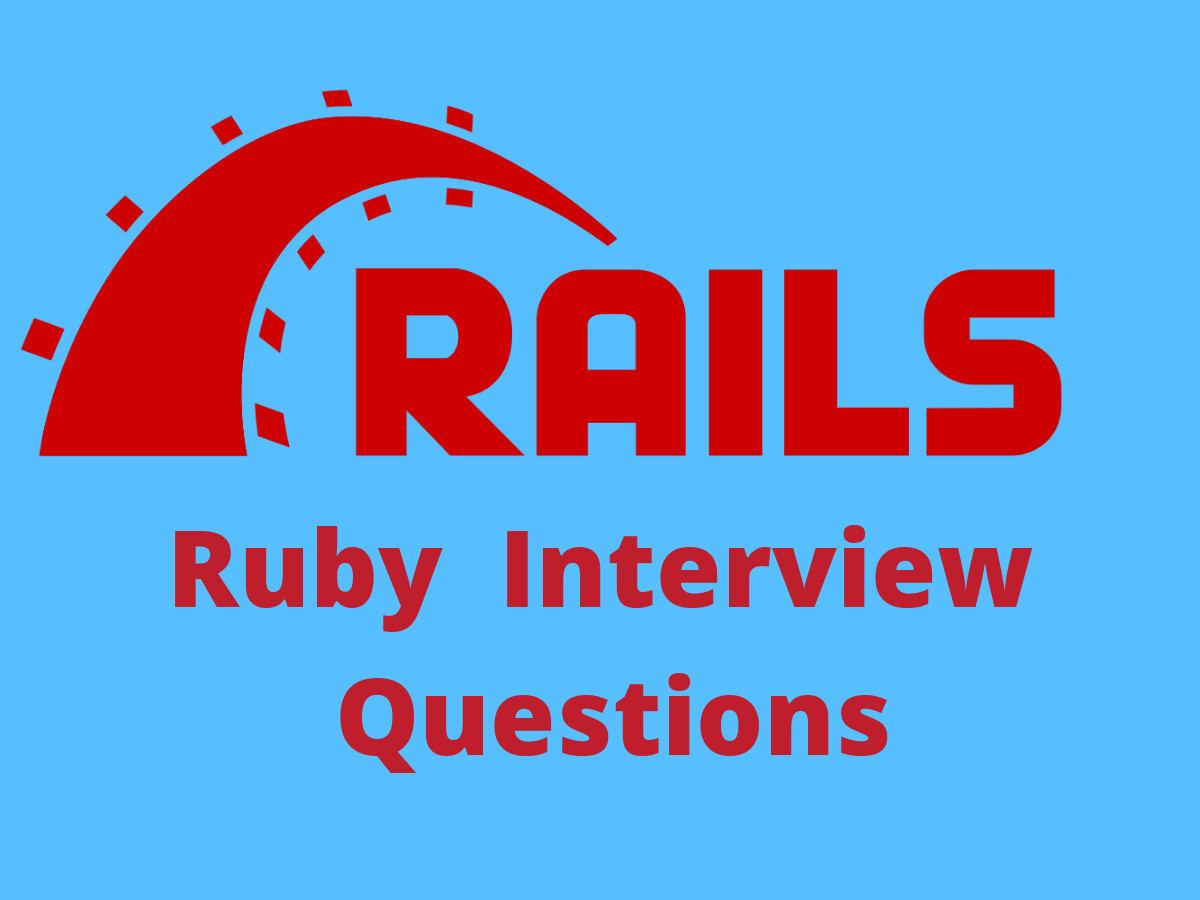What is Ruby on Rails?
Ruby on Rails or Rails is a model-view-controller, server-side framework which is written in ruby. It provides a default structure for a database, web service, and web pages. It makes use of web standards like JSON, XML, HTML, CSS, etc. for the transfer of data and also for displaying and user interfacing. It was developed by David Heinemeier Hansson on 13th December 2005. It even uses various software engineering patterns and paradigms some of them being- Convention over Configuration (CoC), Don’t Repeat Yourself (DRY), and Active Record Pattern (ARP). It had a great influence on web development since it had some innovative features and frameworks.
Key Responsibilities of Ruby on Rails Developer
As a Ruby on Rails Developer, some of the key responsibilities are as follows:
- Developing and maintaining Ruby on Rails applications.
- Writing clean and efficient code following best practices.
- Collaborating with cross-functional teams to gather requirements and design solutions.
- Testing and debugging applications to ensure proper functionality.
- Troubleshooting and resolving issues reported by users or stakeholders.
- Optimizing performance and scalability of applications.
- Integrating data storage solutions, such as databases and APIs.
- Implementing security measures to protect applications and user data.
- Conducting code reviews and providing feedback to improve code quality.
- Keeping up with industry trends and new technologies to enhance development processes.

